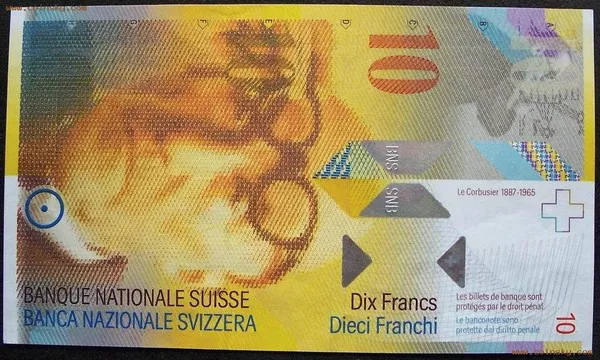The Swiss Franc is one of the most well-known and respected currencies in the world. It has a long history that can be traced back to the establishment of Switzerland as a nation in 1848. The Swiss Franc has been known for its stability, reliability, and strength, which have made it a popular choice for investors and traders around the globe. In this article, we will take a closer look at the history of the Swiss Franc.
Origins of the Swiss Franc
The Swiss Franc was first introduced in 1850, following the establishment of the Federal Constitution of Switzerland. Prior to this, Switzerland had a variety of different currencies that were used throughout its cantons. However, the new constitution called for the creation of a single currency for the entire nation. The Swiss Franc was chosen as the official currency due to its reputation for stability and reliability.
In the early years of the Swiss Franc, it was primarily backed by gold reserves. This helped to reinforce the currency’s stability and ensured that it remained a reliable store of value. The Swiss government also implemented strict regulations to prevent inflation and maintain the currency’s value.
Switzerland’s Neutrality and its Impact on the Swiss Franc
One of the key factors that have contributed to the Swiss Franc’s strength over the years has been Switzerland’s policy of neutrality. Switzerland has been a neutral country since 1815, which has allowed it to avoid many of the conflicts and issues that have plagued other nations over the years. This policy of neutrality has helped to reinforce the Swiss Franc’s reputation for stability and reliability.
During World War I, many countries began to experience inflation and devaluation of their currencies. However, the Swiss Franc remained strong and stable due to Switzerland’s neutrality. Investors flocked to the Swiss Franc, seeing it as a safe haven currency during a time of global turmoil.
The Great Depression and the Swiss Franc
The Great Depression had a significant impact on the global economy and currencies around the world. However, the Swiss Franc remained strong and stable during this time due to Switzerland’s strict regulations and policies. The Swiss government implemented policies to maintain the currency’s value, including pegging it to gold.
The Bretton Woods System
In 1944, the Bretton Woods Agreement was signed, which established the US Dollar as the world’s reserve currency. This agreement had a significant impact on the Swiss Franc, as well as other currencies around the globe. The Bretton Woods system meant that other countries’ currencies were pegged to the US Dollar, which in turn was pegged to gold.
This system worked well for several decades, but it began to break down in the late 1960s. In 1971, the US Government officially ended the convertibility of the US Dollar to gold, which marked the end of the Bretton Woods system. This move had a significant impact on the Swiss Franc, as well as other currencies around the world.
The Modern Era of the Swiss Franc
Following the end of the Bretton Woods system, the Swiss Franc continued to be a strong and stable currency. It has remained one of the most popular currencies for investors and traders around the globe due to its reputation for reliability and stability.
However, in recent years, the Swiss Franc has faced some challenges. The global financial crisis of 2008 had a significant impact on many currencies around the world, including the Swiss Franc. During this time, the Swiss National Bank intervened in the currency markets to prevent the Swiss Franc from becoming too strong against the Euro.
More recently, the COVID-19 pandemic has had a significant impact on the global economy and currencies around the world. Once again, the Swiss Franc has been seen as a safe haven currency during this time, with investors seeking out the currency for its stability and reliability.
Conclusion
The Swiss Franc has a long and rich history, dating back to the establishment of Switzerland as a nation in 1848. It has been known for its stability, reliability, and strength, which have made it a popular choice for investors and traders around the globe. Switzerland’s policy of neutrality has helped to reinforce the Swiss Franc’s reputation for stability and reliability over the years.
While the Swiss Franc has faced some challenges in recent years, it remains one of the most respected currencies in the world. Its reputation for stability and reliability is likely to continue to make it a popular choice for investors and traders around the globe for many years to come.


